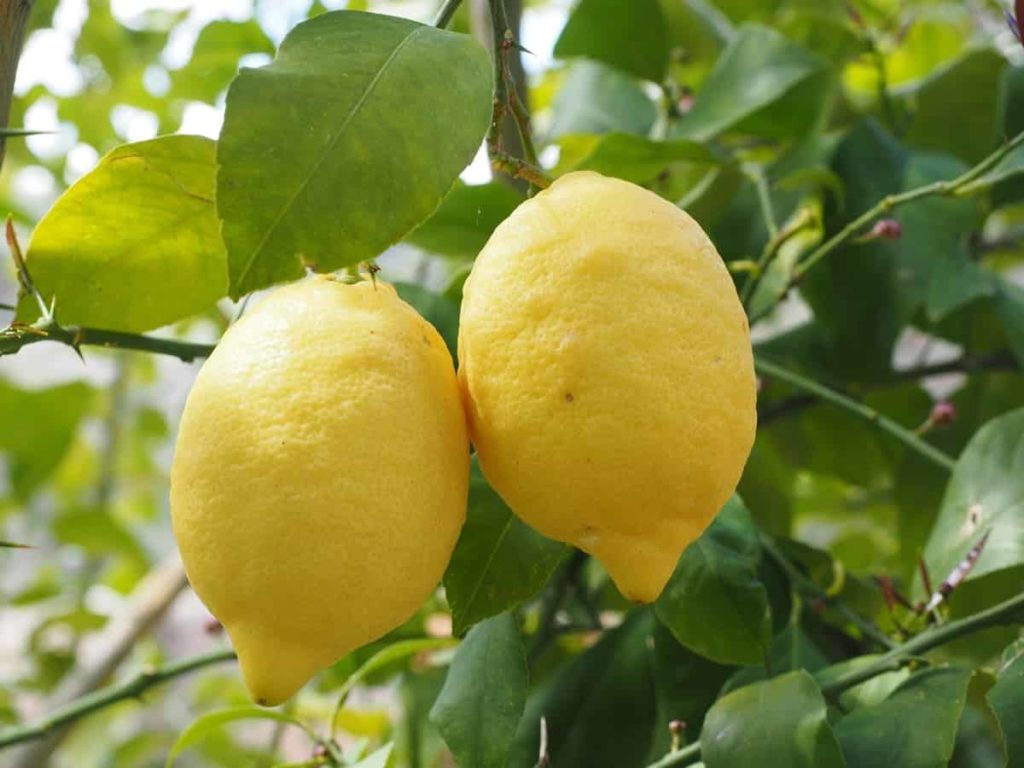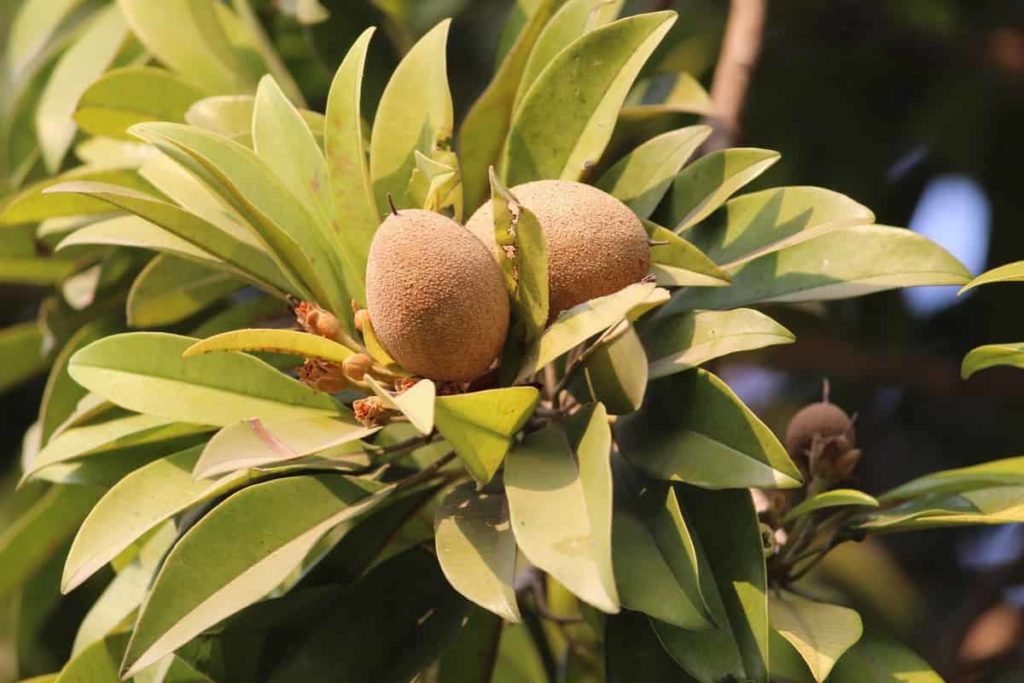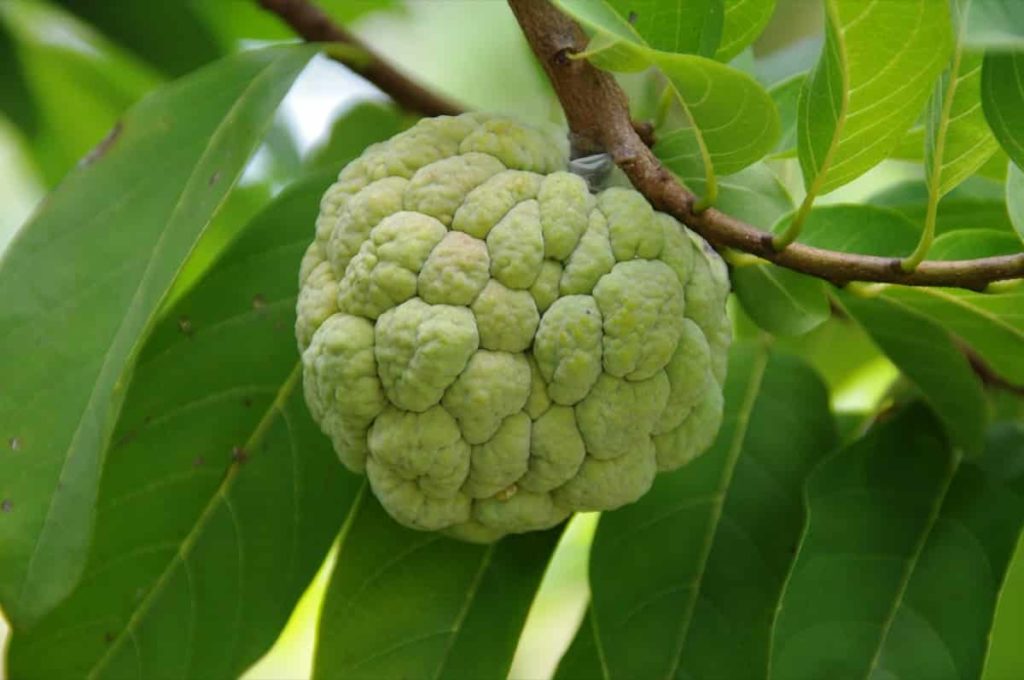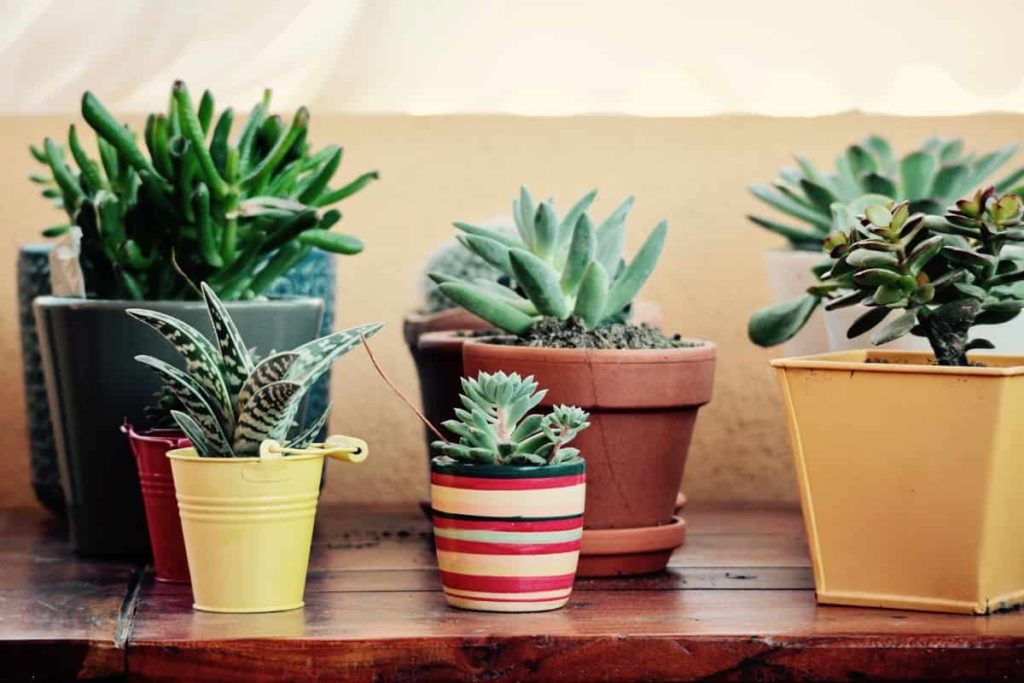Introduction to top 10 fruits to grow on the terrace: Roof gardens or terrace gardens are gardens on terraces, balconies, or roofs of buildings to grow vegetables, fruits, and flowers. Vegetables, fruits, or flowers are grown on roofs, balconies, or terraces of buildings in roof gardens. The terrace garden evolved from the kitchen garden due to space constraints and is now known as the terrace garden.
In recent years, terrace gardening has become more popular due to increasing land pressure and rising costs. Almost all buildings can benefit from these gardens, including apartments, houses, commercial hubs, and factories. Terrace gardening is also a method of creating greenery on a roof, and it can be maintained there. It is possible to establish the ideal roof garden if enough sunlight and water are available.
Guide on top 10 fruits to grow on the terrace, how to create a terrace garden, tips for growing fruits on a terrace, commonly asked questions about fruits to grow on the terrace

How to create a terrace garden
Let’s get started
You should check that your building can handle the weight of plants. Next, make sure the roof slab is waterproof. Check the structure. The best way to prevent leaks in the future is to waterproof again. Terrace gardens are created in two ways: a lawn can cover the entire surface with soil or seeds planted in pots. Ensure the Terrace roof is adequately waterproofed to prevent water from leaking into your home if you cover the entire surface with soil. Next, apply a waterproofing layer on the roof slab to prevent water from leaking into your home. Finally, it is necessary to cover the waterproofing layer with an insulation layer to protect it from the elements.
Water drainage
Water absorption and nutrients are essential for growing vegetation. As a result, the soil must be porous, allowing for airflow and water drainage. Waterlogging also prevents plants from growing. Therefore, the Terrace must have a drainage layer. It is, therefore, necessary to provide a drainage layer above the insulation layer to allow excess water to drain. Mats are commonly used as a drainage layer. An additional layer of geotextile filter needs to be laid to separate the drainage from the soil. Plant debris and soil loss can block drains if they accumulate in running water. It also preserves soil and other planting media. A soil mixture needs to be placed on top of the filter layer to allow plants to grow.
In the absence of modern materials, burnt coal and sand can be laid with perforated pipes, allowing water to exit the Terrace. In the case of a terrace garden with pots, no additional effort is required. First, make sure the pots are adequately drained. Next, establishing a water source for watering your terrace garden is essential. Water needs to be near your Terrace to make watering your plants easy. There is a high wind speed on terraces compared to the ground, so check the wind speed. Whenever there is a high average wind speed throughout the year, Trellis should be installed on your roof. You can use them to break the force of the wind and for vertical gardening as well.
Plan the terrace garden layout
Plan your garden layout after examining the roof slab. Make sure that there are adequate pots and spaces for recreational activities. A terrace garden has a smaller space than a formal garden, so using the space available is extremely important. Look for areas that receive the most sunlight during the day and shaded areas.
In case if you miss this: Top 20 Flowers To Grow In Hydroponics

Choose plants for your terrace garden
Creating a terrace garden is a huge step forward. Several types of plants can be grown, but fiber-rooted plants are recommended over deep-rooted ones, which require more depth of soil and hence more weight. Consider the shade provided by the roof when choosing your plants. Weak plants needing less sunlight are best placed in shaded areas. Conversely, plants that need lots of sunlight should be placed in a non-shaded area. Alternatively, you can order them online or buy them from nearby nurseries.
Planting seeds in perfect soil and containers
It is essential to select the soil based on the plants. According to the type of plant you have chosen, you must fill the pots with various soil types. It is essential to select the soil such that all plants you have selected can grow in it if the entire roof is covered. Terrace gardens require plant containers or pots. Depending on your needs, you may use earthen pots or cement pots. In addition to the beds used in a regular garden, raised beds are available to be purchased for the terrace garden. Raise beds to have the advantage of being more expansive than pots. Thus, they are the best method of growing vegetables. It is possible to buy Trellis for creepers used for vertical gardening. If you have a balcony, you can hang some small flowering plants.
Put the elements together and start gardening
You can start gardening as soon as you have purchased the necessary plants and containers. Seeds should be sown into pots or on the lawn and regularly watered. You can also add lightweight furniture to your garden to create a relaxing atmosphere. These simple steps will help you set up your terrace garden easily. It is recommended to start with a few plants and increase the number needed. Terrace gardens need regular maintenance. It is important to regularly water plants and protect them from pests and worms.
Top fruits to grow on the terrace
Papaya
Papaya contains natural vitamin C and carbohydrates, water, and fat. Papayas produce three species: Male, Female, and Hermaphrodite, which contains stamens and ovary and can self-pollinate. Therefore, choose a hermaphrodite sapling (self-pollinated) readily available in your local nursery.
Lemon
There are many types of saplings, but your nursery should always carry those that bear fruit all year around. Lemon trees can be grown in large containers or on raised beds. Its juice is refreshing in the scorching summer heat since lemons are full of vitamin C. In one year, lemon trees begin fruiting. They are hardy, easy to grow, and produce quickly. It is worth having a plant of this type on your Terrace for its fragrance. In addition, the plant is easy to maintain and can be contained within a small space with proper pruning.
In case if you miss this: Growing Coleus Indoors, Coleus Types, Coleus Care

Mango
Mangos, the king of fruits and Indian national fruit, can also be grown on your terrace garden! It is best to use a larger pot. Watering is essential at the beginning. A clogged drainage system in the pots will rot the seeds and young plants. Folate and vitamin C make this fruit very healthy. The plant does well on alluvial and aerated soil and lateritic, sandy loam, and well-drained soil. After the plant matures, it doesn’t require much attention. The pulp and juice of mangoes can be stored for more than a year when preserved with edible preservatives.
Pomegranate
Growing pomegranates on a terrace require extra attention. Plant them in a large container. Water every two weeks. If your Terrace is large, you may benefit from a raised bed. Besides Vitamin K, C, and folate, the seeds contain several other nutrients. Pomegranate juice is an all-time favorite. In addition, pomegranate seeds provide most of the protection against natural diseases. Once a week, you need to give the plant more water.
Chiku
On the terrace garden, you can find one of the most popular fruits all year round. Incredibly delicious when ripe, Chiku is packed with health benefits. The pulp contains a variety of minerals. However, due to the presence of saponin, unripe fruit tends to dry your mouth.
In case if you miss this: Paprika Gardening, How To Start, Tips, and Ideas

Banana
Bananas are grown in abundance in this country, and you can grow them on your Terrace as well. If you want a dwarf banana plant, you’ll need a large pot or container. Compacted soil should be well-drained, acidic, and free of compaction. Each part of the tree contains healing properties. Soil that is too salty is not suitable for this plant. Use dwarf or small varieties for best results. Black Sigatoka, bacterial wilt, and soil fungus are diseases controlled with pesticides.
Amla
Ayurveda considers this fruit one of the best in nutrition. This fruit sphere can quickly grow on a terrace in a big pot or raised bed. Fruits are rich in vitamin C and emblicanin, which gives them their sour taste. Loamy, light-heavy soil with extra organic matter is ideal. Poorly draining clay soils should be avoided. Growing plants require external support against strong winds in the early stages.
Watermelon
It is easy to grow watermelons in pots. All they require is well-drained potting soil and good support.
Guava
It can grow in temperate climates, with moderate winters and fruits, even though it is tropical. Generally, terrace gardens have one guava tree. Although it can be grown on every soil type, sandy loam (6 to 7.5 pH factor) with additional fertility is recommended. Extensive/broad pots are necessary for harvesting fruits throughout the year. Initially, you need to water the plant regularly with a combination of fertilizers and manure. Compared with lesser attention when the tree bears fruit, expect ample fruit for more than 25 years.
Custard Apple
In your terrace garden, you can use this shapeless but juicy, aromatic, and tasty fruit. There are a few minor problems to deal with, but the results are worth it. Excellent yields are possible with water management during blooming. Sandy and shallow soils are almost all types of soil. Regular watering is required initially. After the tree matures, it will need less water.
In case if you miss this: Plum Gardening For Beginners, How to Start

Tips for growing fruits on a terrace
- Before you begin, check your Terrace for leaks and make sure they are fixed. To ensure your roof is water-resistant and leak-free, your terrace floor needs to be waterproofed, and you should also install good drainage.
- Create a rough draft of your terrace garden, including seating arrangements, container placements, and walkways. It should have a balanced mixture of vining shrubs, small trees, seasonal flowers.
- Plants thrive in light, so make sure your Terrace receives four to six hours of light each day. In hot summers, protect your plants from excessive heat by providing them with shade. If you prefer a lighter shade cloth, it will reflect heat and allow the plants to breathe, preventing them from suffocating.
- It is essential to use a potting mix that drains well, allows aeration, and allows plants to breathe. It is also possible to mix equal parts of regular soil, compost coir peat/sand, and vermicompost.
- In summer, terrace fruits may require watering twice a day as evaporation peaks. Water deeply the plant only on other days if the topsoil feels dry to the touch. During the daytime or evening, do not water to prevent water transpiration. You will not need to water your terrace plants in the monsoon as they naturally receive ample water.
Commonly asked questions about fruits to grow on the Terrace
1. What are the steps to start a fruit garden in Terrace for beginners?
- Make a small start
- Develop Your Soil
- Choose the right time to plant your crops
- Coverage of supply
- More mulch
- Identify pests in advance
- Keep up with the harvest
- Rotate the crops.
2. What kind of fruits should be grown on a terrace?
Strawberries, grapes, and kiwis are some creepers and climbers that thrive on your rooftop terrace.
3. Is it possible to grow mango trees on terrace?
It is possible to grow dwarf mangoes on your Terrace, as there are many dwarf varieties available. The only requirement is that you have a suitable container.
4. Is it possible to grow fruit trees in pots on the terrace?
Fruit trees can be grown in a container for a few years and then transplanted, even though they may not thrive for long periods. A dwarf variety is also available, conducive to living in a container. The fruit is primarily grown for aesthetic purposes rather than for consumption.
In case if you miss this: Plant Care Tips, Ideas, and Techniques

5. What is the best way to prepare the soil for a fruit terrace garden?
Compost coir peat (or sand) needs to be mixed equally with regular soil, compost coir peat (or compost), and vermicompost. It is essential to replenish the soil with essential nutrients after heavy rain as water wash them away. To ensure the soil is adequately nourished, you can add compost once or twice a week.
- How to Grow Hibiscus from Flower
- Plantation Ideas for Home Decoration: A Beginners Guide
- Flower Garden Designs and Layouts for Beginners
- Planting and Spacing Techniques in Papaya: A Beginner’s Guide
- Growing Gold: Essential Techniques for Planting Pineapples
- How to Make Kalanchoe Plant Bushy: Home Remedies and Solutions
- 11 Reasons Why Your Gardenia is Not Blooming: Home Remedies and Solutions
- Eco Elegance: The Guide to Designing a Drought-Tolerant Landscape
- Gardening on a Slope: Strategies for Hillside Landscaping
- Nourish and Flourish: Top Organic Mulches for Thriving House Plants
- Everything You Want to Know about Indian Mogra Flower: Discover Uses and Growing
- Green Thumb Success: Expert Tips for Cultivating Greenhouse Pumpkins All Year Round
- Maximize Growth & Flavor: The Ultimate Guide to Companion Planting in Herb Gardens
- How to Control Rhododendron Problems Naturally: Home Remedies and Organic Ways to Fix Them
- Natural Magic: The Remarkable Benefits of Cinnamon for Plants
- Best Steps to Revive Dying Tulip with Natural and Organic Treatment
- 10 Reasons Why Your Angel Trumpet is Not Blooming: Remedies and Treatment
- How to Fix Periwinkle Leaf and Flower-Related Problems: Natural Remedies and Solutions
- How to Fix Zinnias Leaf and Flower Problems: Discover Natural and Home Remedies
- Organic Steps to Induce Lemon Tree Flowers: A Comprehensive Guide
- Bloom Booster: Crafting the Perfect Homemade Bougainvillea Fertilizer
- Optimizing Growth: A Guide to Applying NPK Fertilizer for Potted Plants
- 10 Best Homemade Fertilizers for Rubber Plant: DIY Recipes and Application Method
- How to Boost Female Pumpkin Flowers: Effective Steps for More Flowers and High Yields
- Transform Your Indoor Garden: Top Benefits of Pink Salt for Houseplants
- 10 Best Homemade Fertilizers for Peacock Plants (Calathea): Easy DIY Guide
- Unlock Blooms: 9 Reasons Why Your Potted Chrysanthemum is Not Blooming
- 8 Reasons Why Your Potted Hibiscus is Not Blooming: Fix it with Simple Solutions
- Unlock Blooms: 9 Key Reasons Your Potted Frangipani Won’t Flower
- 10 Reasons Why Is My Ice Plant Not Blooming: Remedies and Treatment
- 10 Reasons Why My Potted Hydrangea Not Blooming: Treatment and Remedies
- 10 Reasons Why is My Wisteria Not Blooming: Remedies and Treatment
- 10 Reasons Why is My Goldfish Plant Not Blooming: Remedies and Treatment
- Maximize Your Space: Ultimate Guide to Balcony Gardening with Grow Bags
- 10 Reasons Why Your Iris is Not Blooming: Remedies and Treatment
- 10 Reasons Why Your Anthurium Plant is Not Blooming: Treatment and Remedies